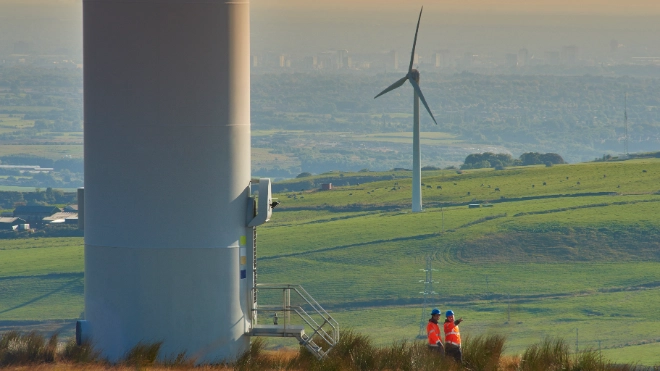Atradius Atrium
Log in op ons online credit management platform. Het biedt u toegang tot alle Atradius online applicaties in één omgeving.
 Netherlands kantoren
Netherlands kantoren







Meer laden
Kijken op 7 van 22







Meer laden
Kijken op 7 van 136
Meer laden
Kijken op 7 van 19